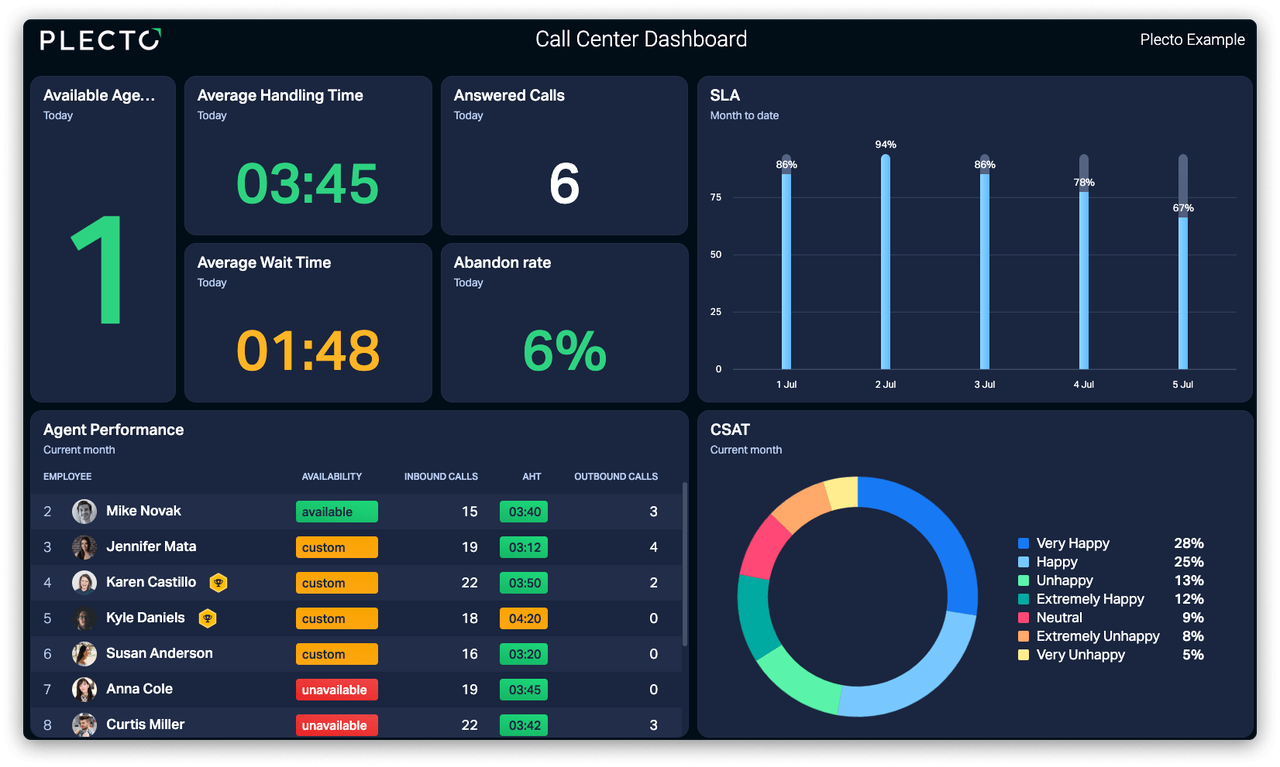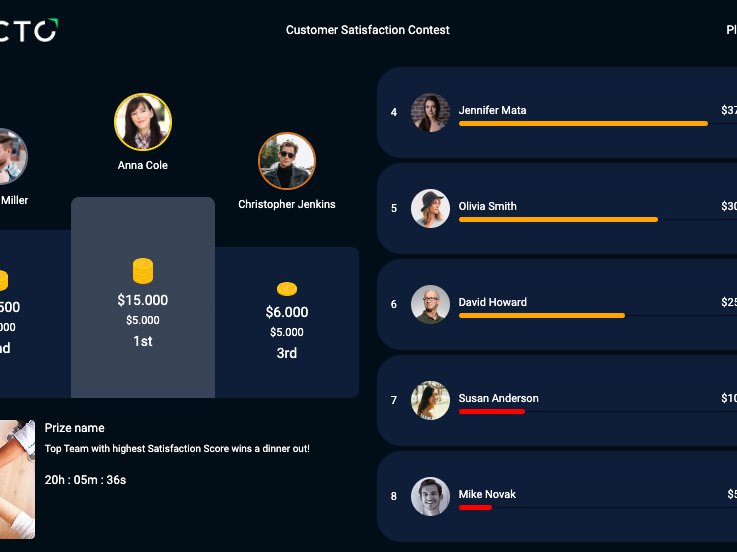According to industry research, 67 percent of customer churn is preventable – if customers’ inquiries are fully resolved in a single call. As competition increases and customers tighten their purse strings, savvy customer service leaders are keeping a close eye on their team’s first contact resolution rate.
What is “first contact resolution,” and why does it matter?
First contact resolution or FCR is the percentage of customers’ inquiries that are resolved the first time around, without the need for follow up by customer service – and without the customer having to get back in touch. In other words, it measures the percentage of calls that result in ideal outcomes.
The speed with which an issue is resolved and how well the solution meets the customer’s expectations are two of the most important drivers of customer satisfaction. Research by Zendesk found that 89 percent of people consider the speed of resolution to be the most important component of customer service while 75 percent will give repeat business to a company that provides excellent service.
With speed and accuracy being essential to customer satisfaction, FCR is considered the gold standard – and it’s one of the best KPIs to track for a glimpse into how accurately and efficiently your team is fielding support requests. The operative word here is “accurately.” Although time-based metrics are important, too much emphasis on efficiency can negatively impact “quality” metrics like FCR. This can ultimately drag down overall customer satisfaction scores like CSAT and NPS. Customers would prefer to spend a bit longer on the phone and have their issue resolved once and for all, rather than getting an inferior quick fix that requires a follow-up call and more of their time.
How is the first contact resolution rate calculated?
First contact resolution rate is a straightforward KPI, which can be calculated using this formula:
cases resolved on first contact ÷ number of cases x 100 = first contact resolution rate
Customers sometimes realize later on that the solution they accepted on the phone didn’t fully resolve their issue. To improve the accuracy of this metric, some companies follow up few days later with an email asking whether the customer is satisfied with the resolution and offering the option to reopen the ticket. Another option is to compare FCR to the rate of repeat calls over the same period. Neither of these checks and balances is foolproof, but they can help to make your calculations more accurate.
What is a good FCR rate?
A first call resolution rate between 70 and 75 percent is achievable for most companies, and it should improve satisfaction-related metrics like CSAT. Research by the SQM Group found that a one-percent improvement in FCR reduces operating costs by the same amount while increasing CSAT by the same figure. Conversely, each additional call required to resolve a single issue results, on average, in a 16-percent drop in CSAT.
The same research revealed an FCR performance range of between 44 and 90 percent across all industries, with a benchmark average of 71 percent. Simple inquiries related to order placement, account maintenance, and billing have average rates in the low 70s, while complaints average 47 percent and more complicated claims-related inquiries have an average FCR of 59 percent.

What about issues that can’t be resolved in a single call?
Although a first contact resolution should be the goal, it’s inevitable that some issues will require more than one call. In these cases, reps must be clear and honest with their customers.
If the issue can’t be resolved quickly it’s essential to resolve it competently. Here are four steps that can help set expectations, build trust – and hopefully protect your CSAT:
- Establish a timeframe. (e.g., “I expect this will be resolved by the close of business tomorrow.”)
- Specify next steps. (e.g., “I’ll call you tomorrow before noon with an update.”)
- Provide reassurance that the issue will be resolved. (e.g., “You’ll hear from me with an update in the morning. I will get this resolved for you.”)
- Stick to the plan. To avoid eroding trust and risking CSAT damage, reps must live up to their promises or promptly and proactively communicate delays.
Build your first dashboard.
Start your 14-day free trial today
Plecto Can Help with Real-Time Dashboards
Plecto offers dozens of widgets and formula templates to help you quickly create and customize dashboards for easy KPI tracking. Plecto also integrates with popular telephony systems, providing real-time insights into the most important call center metrics.




